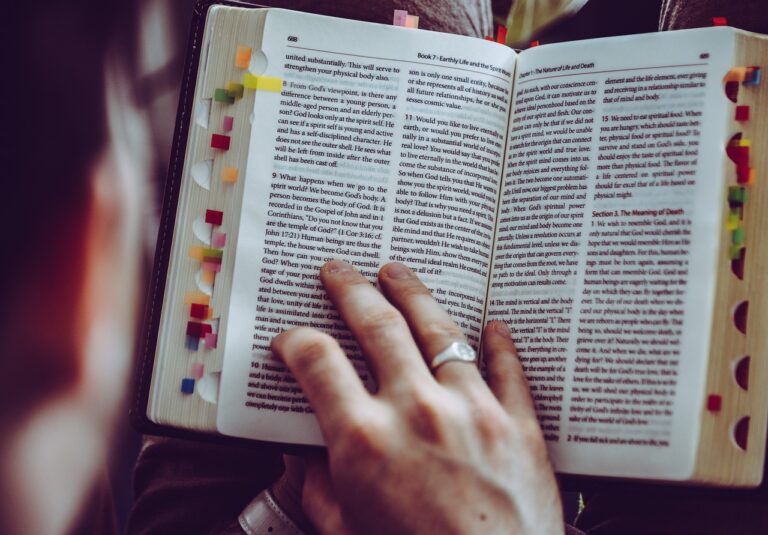Navigating Copyright Issues in Online Education Materials
Copyright laws are established to protect the rights of creators and ensure that their original works are not used without permission. These laws grant creators exclusive rights to reproduce, distribute, display, and perform their works. Original works are automatically protected under copyright law as soon as they are created and fixed in a tangible form, such as writing, music, or artwork. It is not necessary to register a work with the copyright office to receive protection, although registration provides additional legal benefits in the event of a copyright dispute.
Creators should be aware that copyright protection extends to a wide range of works, including literary works, photographs, videos, software, and architectural designs. Copyright laws also cover derivative works that are based on or inspired by original works, such as adaptations, translations, and remixes. However, copyright protection has limitations, as it does not protect ideas, facts, or common knowledge that is freely available to the public. Understanding the scope of copyright laws is essential for creators to navigate the complexities of intellectual property rights and maintain control over their creative works.
Fair Use Guidelines for Educational Materials
Fair use guidelines allow educators to use copyrighted material in their teaching without seeking permission from the copyright holder. When determining if a particular use falls under fair use, educators should consider the purpose of the use, the nature of the copyrighted work, the amount of the work being used, and the impact on the market value of the original work. It’s important to remember that fair use is a flexible doctrine that requires a case-by-case analysis.
Educators should be mindful of the four factors of fair use when incorporating copyrighted materials into their teaching materials. By adhering to these guidelines, educators can provide valuable educational content while respecting the rights of copyright holders. Proper attribution and acknowledgment of the original source is also crucial when utilizing copyrighted material under fair use guidelines.
Obtaining Proper Permissions for Online Content
When using online content created by someone else, it is crucial to obtain proper permissions to avoid copyright infringement. Simply providing credit to the original creator is often not sufficient; explicit permission must be sought before using any material that is not your own.
To obtain permission for online content, start by identifying the owner of the material and reaching out to them directly. Clearly explain your intentions for using their content and request their consent in writing. Be prepared to negotiate terms if needed, such as citing the source or paying a licensing fee for commercial use.
What is the purpose of copyright laws?
Copyright laws are in place to protect the original work of creators and give them exclusive rights to reproduce, distribute, and display their work.
How can I determine if I am using someone else’s content legally?
You can determine if you are using someone else’s content legally by obtaining proper permissions or by ensuring that your use falls under fair use guidelines.
What are fair use guidelines?
Fair use guidelines are a set of criteria that determine whether the use of copyrighted material is considered fair and legal. This includes factors such as the purpose of the use, the nature of the copyrighted work, the amount of the work used, and the effect on the market for the original work.
How can I obtain proper permissions for online content?
You can obtain proper permissions for online content by reaching out to the copyright holder and asking for their permission to use their work. This may involve obtaining a license or paying a fee for the use of the content.
What should I do if I am unable to obtain proper permissions for online content?
If you are unable to obtain proper permissions for online content, you should consider finding alternative sources of content that are in the public domain or that have licenses that allow for reuse. It is important to always respect copyright laws and the rights of content creators.







